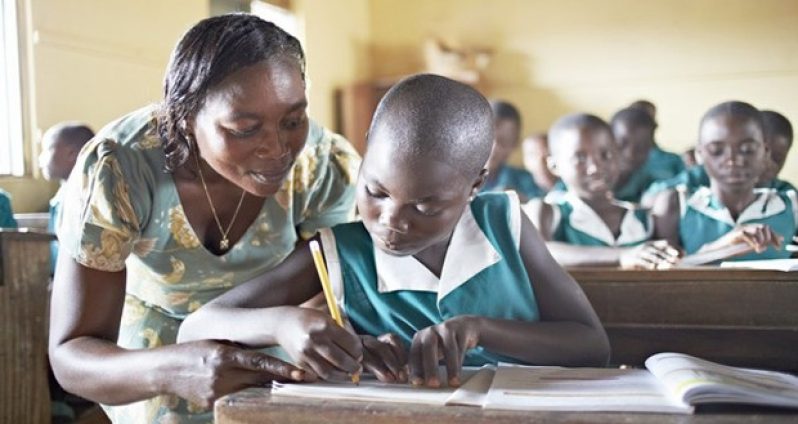CAMFED, the campaign for female education in Africa, needs to know when one of its sponsored pupils fails to attend school. Thanks to its pioneering deployment of technology, teachers are able to report an absence immediately.An automated alert is fed back to Camfed staff in the area, says Daniel Probert, head of IT innovation at the UK-based charity. “They can then investigate, find out why she was not there, where she is, and ensure that she stays in education if she has moved.”
Every financial transaction is also logged on the database, showing how much has been spent on individual girls, from school and exam fees to soap powder for washing uniforms. All data are integrated into a single screen per girl, making them easy to access and understand.
Last year, Camfed’s governance and systems were recognised by the OECD when it named the charity a model of best practice in taking innovation to scale.
“Camfed is a game changer,” says Charlotte Finn, vice president of programmes for the charitable arm of Salesforce, which works with 26,000 not-for-profit organisations.
“It’s not just that information is integrated, but that it permeates the entire culture and ethos,” she says.
Many government, education and corporate organisations fail to achieve the potential of technology because they do not get this buy-in, says Finn.
“Camfed is so successful because it has made technology an intrinsic part of its culture and operation across its entire ecosystem, including donors, activists and the girls themselves.”
The level of integration means Camfed can generate reports and monitor success in fine detail, making it highly efficient, transparent and accountable. If an item of data is missing for a girl, it won’t activate another payment.
Camfed has, since 1993, supported 1.4m students in Ghana, Malawi, Tanzania, Zambia and Zimbabwe. The international development funds, charitable foundations and companies which support it usually specify where and on which age group they want their money to be spent. So the detailed reporting on information such as enrolment, retention and progression is crucial.
TRACKING
Donors might want to support 2,000 girls over four years of secondary school in Zimbabwe and Tanzania, says Cotton. “We can track each girl and show her exam results. We can also compare the group’s results with other local schools, to demonstrate the benefits of our programme.”
The data are also fed back to the communities and the individual girls, says Cotton.
“The data are the child’s safety net. We know which school and class they are in, who their parents are, where their families live. This information is continually updated so that we can be dynamic in our response to each child’s needs.”
Probert says: “The aggregation of personal, social and financial data this required has been a fascinating technical challenge.” When he joined four years ago, the finance and programme management systems were separate.
“There was a time-consuming process of reconciliation between the two systems every quarter, in order, for example, to be able to track payment on shoes for Jessica in Malawi.”
Some 18 months ago, Probert set about implementing a system that could scale and adapt, using software from FinancialForce and Salesforce applications companies. It is cloud-based, with data uploaded by teachers using the cheapest available mobile phones or tablets.
New information is verified against data from community workers, which minimises the risk of error and corruption. The system is easy to use, and gives instant acknowledgment so that field workers know their data have been collected.
“This boosts confidence and usage,” says Cotton. “Also, being able to show the 137,000 activists that their efforts have produced, for example, a 15 per cent improvement in exam results helps sustain enthusiasm and commitment.”
Probert says the project to change the financial systems will probably take another 18 months to complete.
Camfed is also collecting information about alumnae — 33,000 so far — many of whom are now running businesses for which it has provided grants. The aim is to demonstrate return on investment, and apply data analytics to discover more about what makes individual businesses successful.
“We can learn not just from accounting data, but also from geography and weather patterns,” explains Probert. “Next year, we plan to look at trends in successful businesses, so that, for example, if a young woman in Bulawayo, Zimbabwe, wanted a loan to set up a pig farm, we could automatically reply that it might not be the right time of year because of flood risk.
“We might also be able to point out that while there are already 12 pig farmers in Bulawayo and 12 chicken farmers, there is a demand for sheep which nobody is supplying.”
Another aim is to connect alumnae businesses. “It would be great to be able to link a chicken farmer in Bagamoyo in Tanzania with someone in Dar-es-Salaam selling chicken feed. That’s the next development phase.” (Financial Times.com)




.png)









